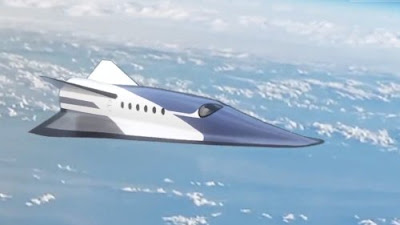NASA Clocks Massive Winds in Deep Space
A First: Extremely High Winds Tracked
on a Huge Object Outside of Our Solar System
Winds on a "Failed Star" of 1,450 MPH
NASA has achieved yet another first in space.
NASA scientists have clocked winds of 1,450 mph
on a huge "brown dwarf" or failed star, that
is 33.2 light years away and outside of
our solar system. The object is the size
of Jupiter, the largest planet in the solar
system, and 40 times Jupiter's mass.
The winds are extremely fierce.
This discovery is a first for astronomers.
Previously they were only able to
measure winds speeds on planets and
objects within our solar system.
Whole New Worlds
The scientists say this discovery opens
the way to understand atmospheres
unlike anything in our solar system.
The technique they used to make this
discovery is also a first. The discovery
was made by combining the detection
of radio and infrared emissions from the
brown dwarf. They measured the spinning
rotation rate of the dwarf and the
rotation rate of the atmosphere around the
dwarf. By comparing those rates,
the NASA scientists made history and
establish the wind speed around a huge
object in distant space.
Great Background Information
To browse my recent books on
important new innovations
and discoveries, including in
space, go to amazon.com/author/ekane
...
...
on a Huge Object Outside of Our Solar System
 |
| Source: NASA |
Winds on a "Failed Star" of 1,450 MPH
NASA has achieved yet another first in space.
NASA scientists have clocked winds of 1,450 mph
on a huge "brown dwarf" or failed star, that
is 33.2 light years away and outside of
our solar system. The object is the size
of Jupiter, the largest planet in the solar
system, and 40 times Jupiter's mass.
The winds are extremely fierce.
This discovery is a first for astronomers.
Previously they were only able to
measure winds speeds on planets and
objects within our solar system.
Whole New Worlds
The scientists say this discovery opens
the way to understand atmospheres
unlike anything in our solar system.
The technique they used to make this
discovery is also a first. The discovery
was made by combining the detection
of radio and infrared emissions from the
brown dwarf. They measured the spinning
rotation rate of the dwarf and the
rotation rate of the atmosphere around the
dwarf. By comparing those rates,
the NASA scientists made history and
establish the wind speed around a huge
object in distant space.
Great Background Information
To browse my recent books on
important new innovations
and discoveries, including in
space, go to amazon.com/author/ekane



Comments
Post a Comment